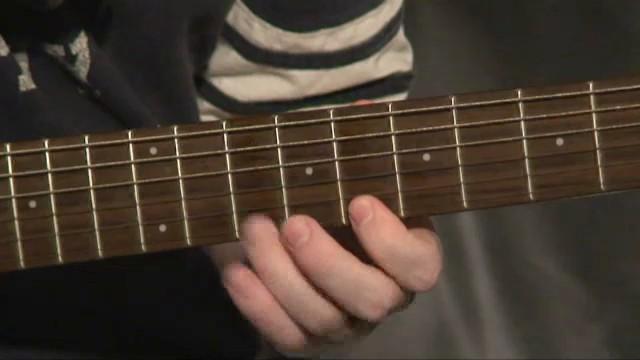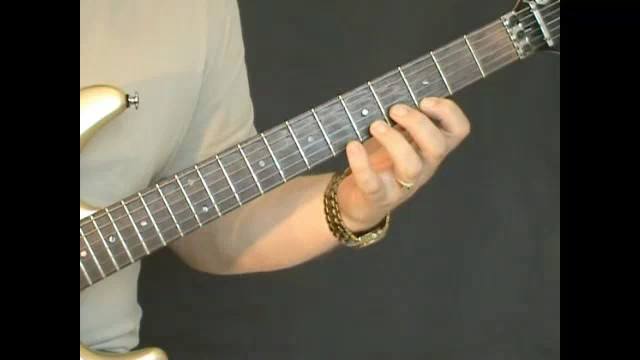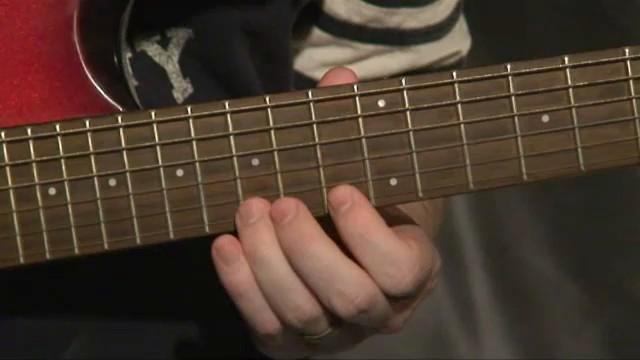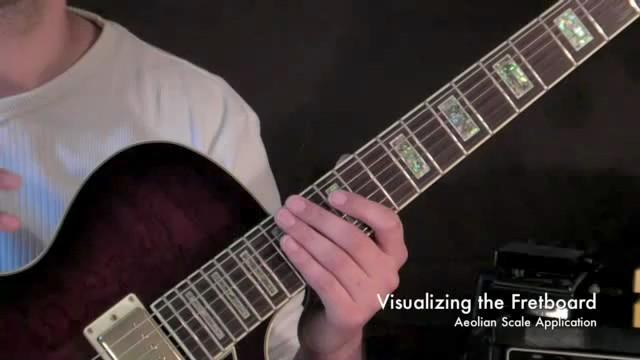Here we go!
For the first set of examples I'll be using the key of Cmajor. This gives us the following chords and all their variations,
C major, D minor, E Minor, F major, G major, A minor and B diminished.
We're going to use an F melodic minor scale (the scale built from the 4th degree of our parent key - Cmajor - to add extra chords into the progressions.)
In F melodic minor we have the following chords,
Fm∆7 (Fm6), G7susb9, Ab∆7#5, Bb13#11, C7#5, Dm7b5nat9 and E7alt.
I know I asked you guys to work this out but I felt bad so here you go!! All of these chords can be combined in many ways to create progressions which exhibit tension and release. Using your ears is your best guide.
Simply running these two scales one after the other will give you a very familiar sound.
Our first example is C major (chord I of C major) moving to Fm6 (chord I in the key of F melodic minor.)
Our second example uses again C major but moves to Bb13#11 or Lydian Dominant (chord IV in the key of F melodic minor.)
Try using a G7sus4b9 instead of a normal G7 chord in your progressions or try using a Maj7#5 or 7alt chord in place of a normal dominant 7 chord. The combinations are endless!
By the way, sorry for the slight distortion in the sound on this video - my Yamaha Magic Stomp was cranked a little higher than I thought!
There now follows three example chord progressions which I've improvised over. Each example illustrates where a melodic minor scale has been used as a chord source.
At the end of the tutorial there's a backing track for each example so you can have a go yourself.


















































